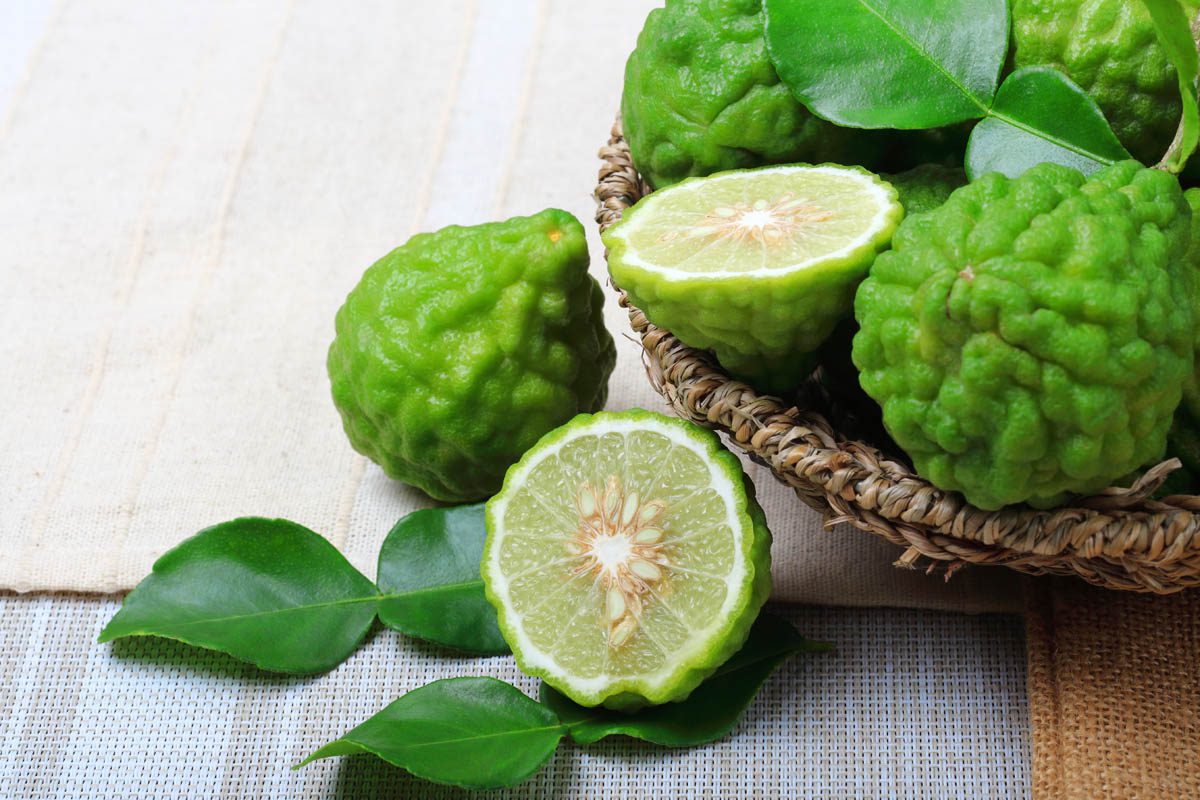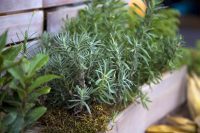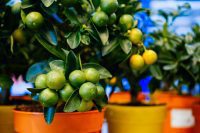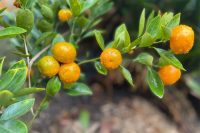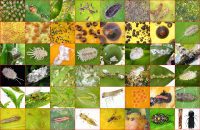Also known as kaffir lime, makrut lime (Citrus hystrix) is a citrus species native to Laos, Indonesia, Malaysia and Thailand. The fragrant leaves are a key ingredient in Thai cuisines, such as tom yum soup and green curry. The rind is typically used in marinades, dressings and salads. Makrut lime is also popular in Cambodia, Vietnam, Malaysia and Indonesia.
In addition to its widespread culinary use, makrut lime has been employed in traditional medicine to treat coughs, period pain, foot odour, wound healing, and skin and hair care. Makrut lime shows promise in the medical field for its antibacterial, antifungal, anticancer properties and antioxidant activity.
How does makrut lime get its citrus scent?
The leaves contain secretory cavities known as ‘schizogenous secretory cavities, leaf pellucid glands, or pellucid dots‘. These glandular cavities produce, store and release the essential oils responsible for the fresh lemony scent of makrut lime. Secretory cells produce volatile compounds, and the subcuticular space stores them. A cuticle surrounds the secretory cells to protect them and prevent essential oils from being released until they are damaged or disturbed.
The essential oil within the pellucid dots performs several functions, including defence against herbivory, protection against pathogenic organisms, insect repellent and attracting pollinators.
Pellucid dots are visible on citrus leaves in bright light. Here is a makrut lime leaf placed in front of a torch, which clearly shows the yellow pellucid dots.
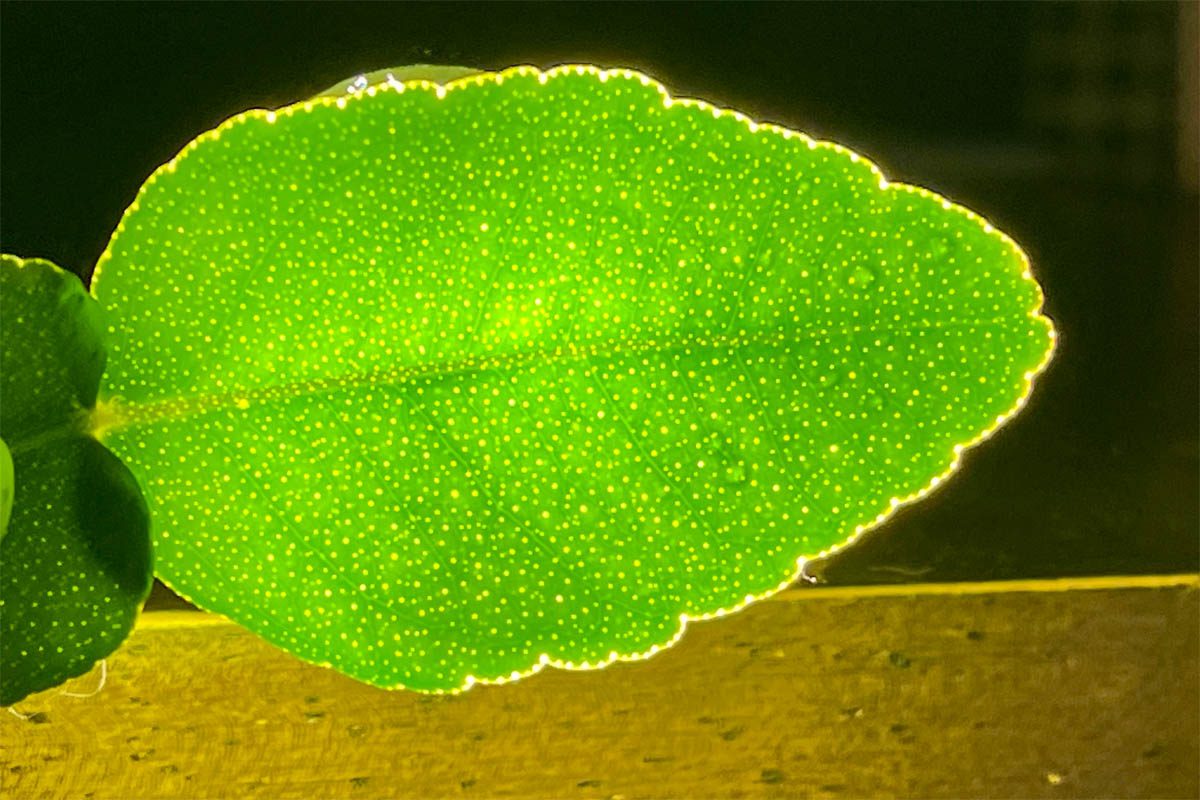
Local names for makrut lime:
- Thailand: Makrūd (มะกรูด)
- Indonesia: Jeruk purut
- India: Kaafir laim (काफ़िर लाइम)
- Malay: Limau purut
Related: Sudachi citrus
At a glance |
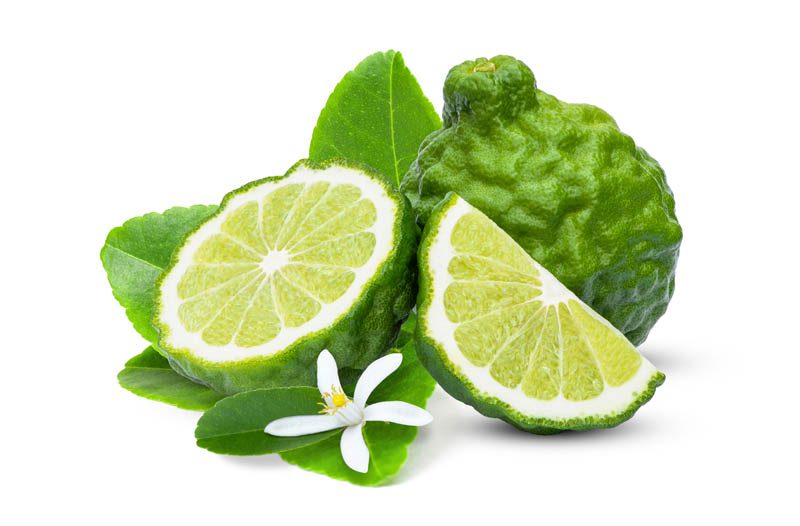 |
| Family: Rutaceae |
| Botanical name: Citrus hystrix DC |
| Common names: Makrut lime, Kaffir lime, Leech lime, Thai lime, Mauritius papeda, Mauritius bitter orange, Kieffer lime, Limau purut, Combavas, Wild lime, Kabuyaw, La chanh |
| Lifespan: Evergreen tree |
| Mature height: 3 – 4 metres |
| Flower colour: White |
| Leaf colour: Green |
| Native to: India, South East Asia, Southern China, Malaysia and Thailand |
| Soil: Free-draining |
| Humidity: High |
| Propagation: Cuttings |
| Care level: Easy |
What does makrut lime look like?
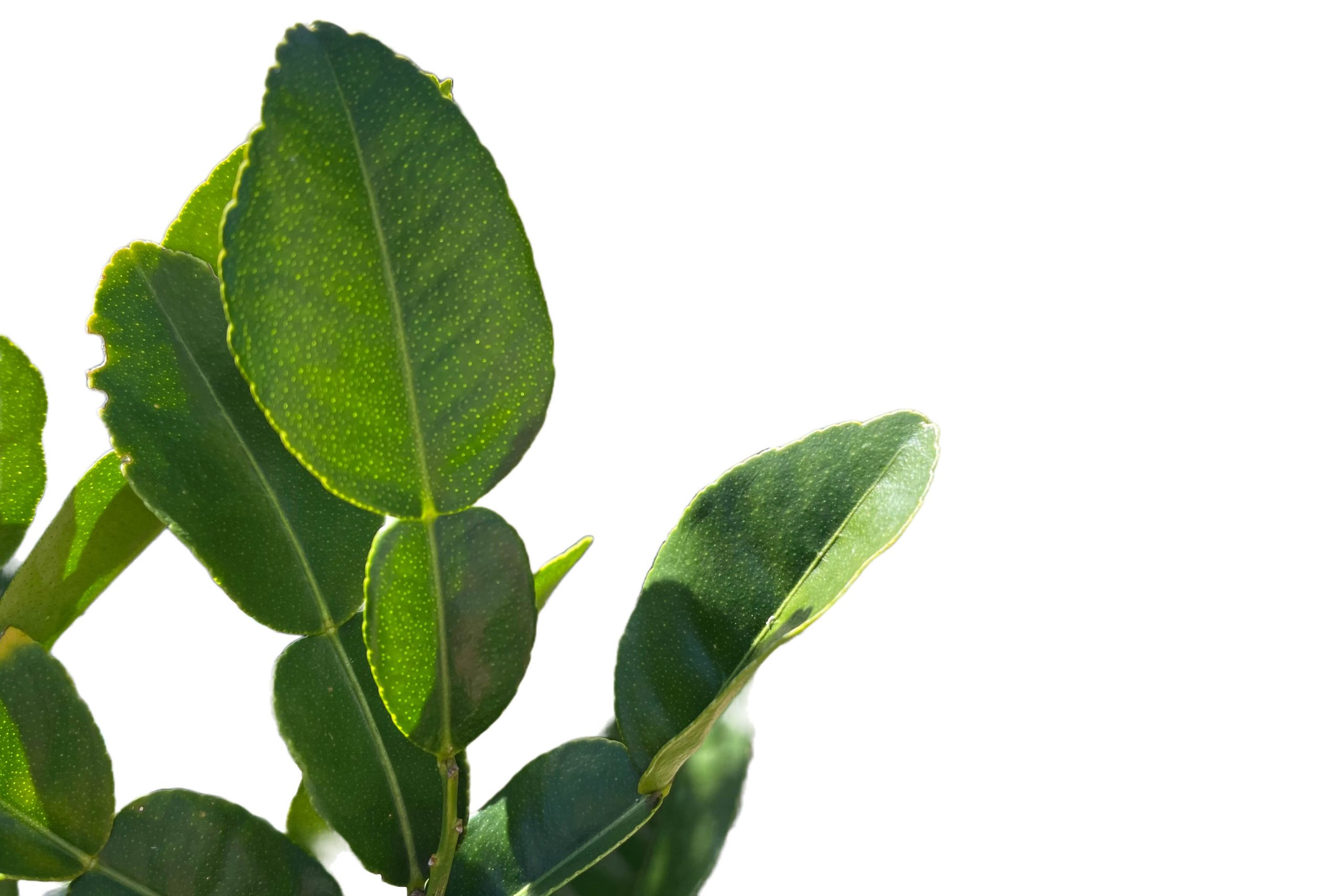
Makrut lime is a perennial which reaches a mature height of 2 – 3 metres.
The bright green compound (double-lobed) reduced-form leaves are alternately arranged in an oval shape and constricted in the middle of the leaf. Kaffir lime leaves contain a complex mixture of volatile essential oils which contribute to the characteristic aroma when the leaves or bruised or cut.
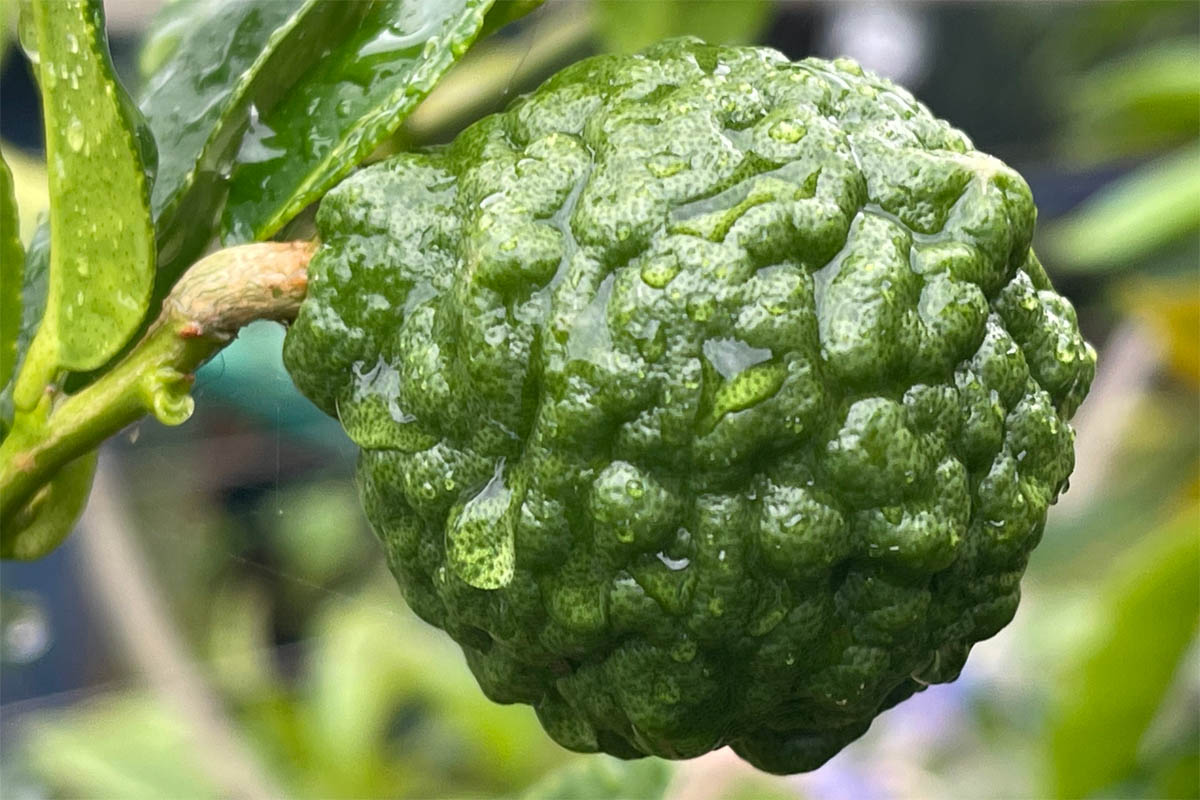
The subglobose-shaped fruit has a thick, wrinkled surface, which starts dark green, maturing to a pale yellow/green. Makrut lime fruit is smaller than a typical lime, ranging from 4 – 6 cm long. The flesh is acidic, and sour, with a bitter aftertaste, which makes it unsuitable for eating raw. However, the rind and juice have several culinary and therapeutic applications.
The botanical name ‘hystrix‘ is named after a genus of porcupines and relates to the spiny thorns on the branches of makrut lime trees.
How to grow makrut lime
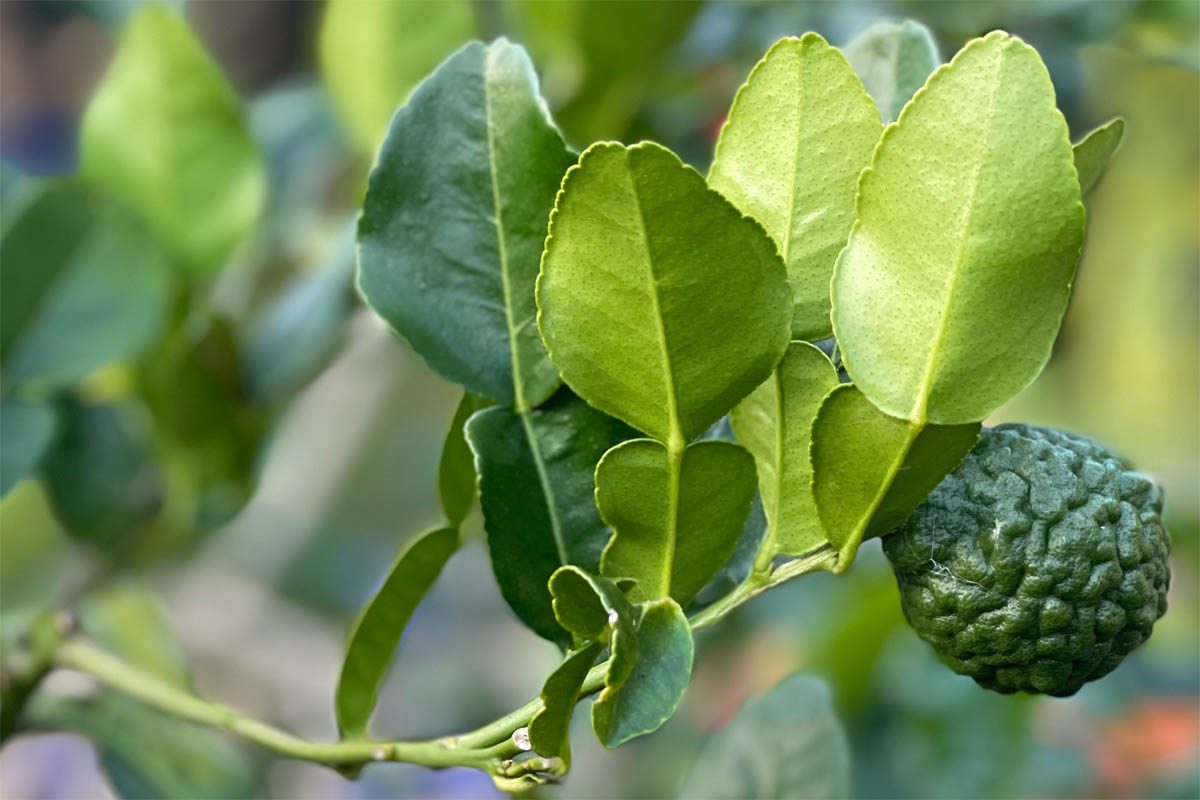
Makrut is an easy-to-grow and rewarding citrus. It is happy in pots or in the ground and is an essential ingredient in Asian cooking. The leaves can be harvested year-round. Due to the difficulty finding makrut leaves and fruit, this is one variety of citrus I highly recommend for the home gardener.
While all citrus trees can be grown successfully in pots, potted citrus trees produce significantly less fruit than those grown in the ground. The limited space and nutrients available in a pot can impact the tree’s ability to develop a strong root system and produce an abundant crop. One horticulturist described it as follows ‘you can get twenty lemons on a citrus in a pot, or 200 from a citrus in the ground‘. Of course, it should be noted it takes approximately 10 years for a citrus tree to reach maturity.
Makrut lime is the exception to this as it is primarily grown for its leaves and not the fruit. Terracotta pots are ideal for makrut, their porous nature means that excess water is absorbed by the pot. My makrut lime grows in a pot on a sunny north-facing deck (Sydney). At the current time of mid-autumn, it has currently has 4-5 mature fruit on it. I harvest makrut lime leaves at least once a week when I prepare a Thai green or red curry. There is so much pleasure gleaned from stepping outside and picking my own fresh makrut lime leaves. When adding to a curry, wash the leaf in cold water, and slice it into thin strips. As a rule, I use makrut lime in a similar way to a bay leaf, it is added to a meal to impart its flavour, but not eaten.
Unless you plan to use the fruit, it is recommended that it be removed from the tree. This enables the makrut lime to focus its energy on leaf growth.
| Sun | Full sun (at least 6-8 hours a day) |
| Soil | Free draining, pH of 5.5-6.5 |
| Watering | Regular watering, deep watering once or twice a week, water less in winter |
| Fertiliser | Use an all-purpose liquid fertiliser once a month during the active growing period for makrut limes in pots and twice a year for trees in the ground |
| Zones | Temperate and tropical climate (USDA zones 9-11, tropical and humid climate) |
| Frost tolerant | Not frost tolerant, bring inside during winter if you live in an area with frost |
| Pests and diseases | Susceptible to citrus leaf miner, aphids, and other pests; can be affected by citrus greening disease |
| Container growing | Yes, choose a pot that is at least 40 cm wide |
| Flowering and fruiting | Flowers in late summer followed by green, dimpled fruit in autumn. Remove immature fruit for the first two to three years to allow the tree to focus its energy on growth. |
| Pruning | Makrut trees are grafted onto rootstock and it is not uncommon for rootstock suckers to develop under the graft (the site where the citrus cutting attaches). Prune suckers back, as they can take over the entire tree and compete for nutrients. |
All citrus trees are shallow-rooted and do not like plants growing around the roots, therefore it is important to keep the area clear of weeds. A 5 cm layer of mulch will keep weeds down and help to retain moisture during the warmer months. My preferred mulch is sugarcane.
What does makrut lime smell and taste like?
The leaves and fruit of makrut lime are rich in aromatic essential oils including limonene, a terpene compound that is responsible for the citrusy aroma. While the leaves are most commonly used, makrut tart fruit is also edible and can be used to flavour cooked dishes.
Makrut lime fruit is sour and tart, with a bitter edge that differentiates it from other limes. The zest or rind of the fruit imparts a strong, aromatic flavour that is less sweet than other citrus fruits but provides a deeper, more complex taste.
The leaves, when used in cooking, offer a subtle citrusy, herbal and slightly grassy aroma that complements and adds depth to a wide range of dishes, particularly those found in Southeast Asian cuisines such as Thai and Indonesian recipes.
Culinary uses
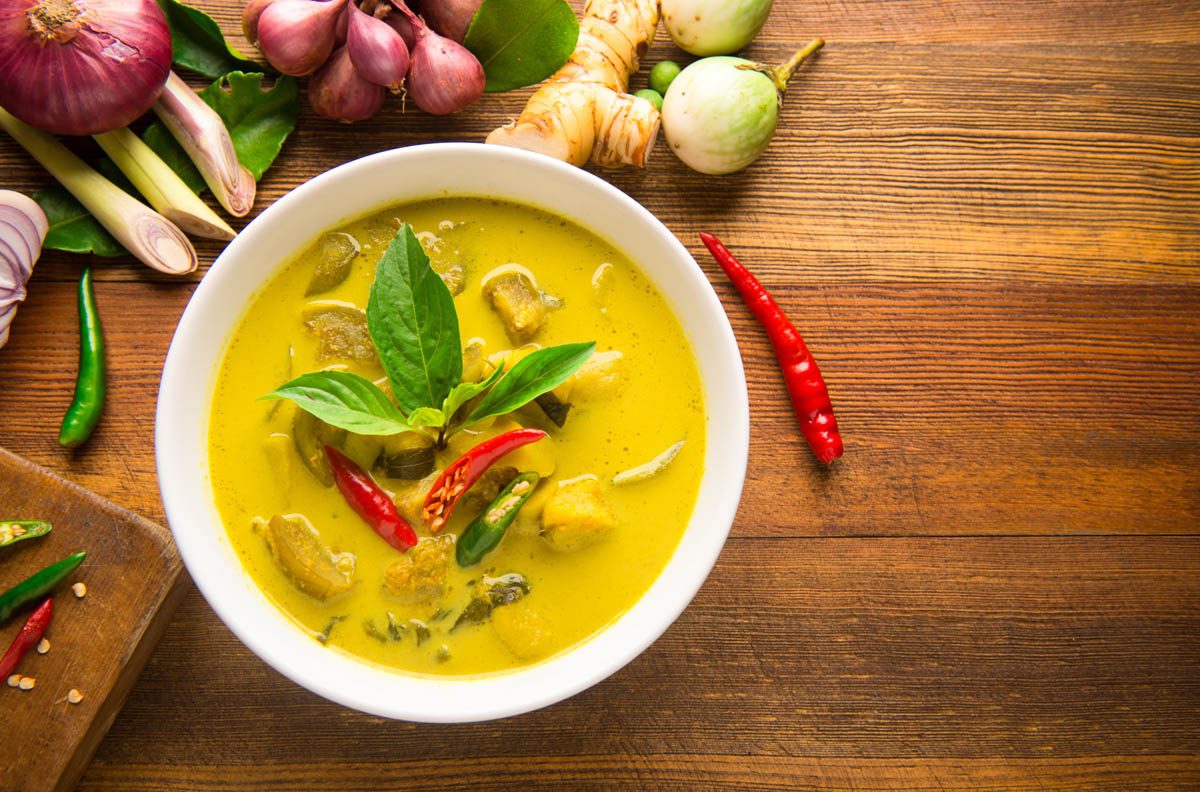
The leaves of makrut lime impart flavour in Thai, Lao and Cambodian curries, soups and salads. The highly acidic fruit is also edible but has a sour taste, which makes it unpalatable when consumed raw. Its juice and zest are used to add flavour to cooked dishes. Makrut is a major ingredient in Cambodian kroeung, a curry paste, Laab Gai, a Thai minced chicken salad, tom kha gai, tom yum soup as well as green and red curries.
In Thailand, makrut lime leaves are used in green and red curry, hor mok, tom yum, sticky rice, and stir-fries. The juice of the lime can be used to replace lemons in recipes.
- Makrut liqueurs
- Curry pastes
- Simple syrup
- Flavoured gin or vodka
- Makrutcello (a makrut lime version of the better-known limoncello)
- Tea
- Makrut butter
- Marmalade (fruit)
- Jelly (fruit)
- Candied (fruit or leaves)
- Pickled (fruit)
- The highly aromatic zest adds flavour to vegetables and fish
- The dried rind can be ground and used as a spice
- As a herb or in marinades for seafood and chicken dishes
Makrut leaves can be used fresh or dried Remove the central vein, and roll the leaf into a cigar shape, and finely slice it into strips. Add to your favourite Asian recipes.
Makrut lime recipes
Thai Green Curry |
Ingredients:
Instructions:
|
Tom Kha Gai |
Ingredients:
Instructions:
|
Makrut Lime and Lemongrass Chicken |
Ingredients:
Instructions:
|
Makrut Lime Fried Rice |
Ingredients:
Instructions:
|
Thai Fish Cakes |
Ingredients:
Instructions:
|
Makrut Lime Leaf Coconut Rice |
Ingredients:
Instructions:
|
Beef Rendang |
Ingredients:
Spice Paste:
Instructions:
|
Laab Gai (Thai Chicken Salad) |
Ingredients:
Instructions:
|
Tom Yum Soup |
Ingredients:
Instructions:
|
Makrut Lime Sorbet |
Ingredients:
Instructions:
|
How to store makrut lime leaves
Store unused makrut leaves in the refrigerator for up to two weeks or frozen for up to six months. Dried makrut lime leaves can be stored for up to 12 months.
Drying makrut leaves
Always thoroughly wash the leaves in cold water to remove dust and debris. Thoroughly dry with paper towels.
- Air dry: Lay the leaves out in a single layer on a tray lined with baking paper and store in a cool, well-ventilated area, such as a pantry. It should take 14 days for the leaves to dry.
- Dehydrator: Arrange leaves in a single layer on the dehydrator tray and place in the dehydrator. It takes between 2 – 3 hours for the leaves to dry.
- Oven: Preheat oven to 90°C (200°F). Place the leaves in a single layer on a tray lined with baking paper. Bake until dry, which should take 2 – 3 hours.
Store dried makrut lime leaves in an airtight container and out of bright light for up to 12 months.
Health benefits
Makrut leaves contain citronellal, α-pinene, ß-pinene, sabinene, myrcene, trans-ocimene, γ-terpinene, terpinolene, copaene, camphene, limonene, copene, linalool, ß-cubebene, isopulegol, caryophyllene, citronellyl acetate, citronellyl propionate citronellol, nerolidol, isopulegol, caryophyllene, and δ-cadinene. One study found the main chemical compounds in oils extracted from the peel contained D–Limonene, 3–Carene, and γ–Terpinene. [1]
Antimicrobial properties: C. hystrix essential oil (CHEO) contains limonene, citronellal, linalool, β-Pinene: β-Pinene, terpinen-4-ol and coumarins that have antimicrobial properties. Makrut lime leaf extract can reduce the sticky biofilm which forms on teeth by inhibiting the Streptococcus mutans bacterium and may reduce plaque formation and gum disease. One study found 27 chemical compositions acted against a broad range of pathogenic bacteria in the family Micrococcaceae, Streptococcaceae, Listeriaceae, Morganellaceae, Vibrionaceae, Flavobacteriaceae, Xanthomonadaceae and Moraxellaceae.
Antioxidant properties: Makrut lime contains flavonoids, terpenoids, coumarins, phenolic acids and vitamin C which have antioxidant properties that can help neutralise free radicals and protect the body from oxidative stress-related damage.
Traditional uses: In traditional medicine, makrut lime has been used to treat dental disorders, heart disease, dizziness and indigestion. The fruits have been used in traditional Thai medicine to treat headaches and sore throats. Makrut lime juice is said to deter leeches when rubbed on the legs, hence the name ‘leech lime‘. Phytochemicals possess antibacterial, antifungal, anticancer, chemopreventive, antioxidant, anticholinesterase, cardio and hepatoprotective effects.
Why is kaffir lime called makrut?

Portuguese traders brought Africans to Sri Lanka between 300 – 500 years ago to work as soldiers, dock hands and slaves. The workers had their own culture and language and became known as Sri Lankan Kaffirs. The Sri Lankan Kaffirs have become assimilated into Sri Lankan society, however, numbers are dwindling.
The origins of the word ‘kaffir’ are unclear, but it is believed to be derived from the Arabic word ‘kafir’ which means ‘unbeliever’ or ‘infidel’. The term was likely introduced to South Africa by Arab traders and was later adopted by European colonisers.
The word ‘kaffir’ has been used as a racial slur against black people in South Africa since at least the 19th century. It was used by white colonisers to refer to black people in a demeaning and dehumanising way. Today, the word ‘kaffir’ is considered to be a deeply offensive and racist term. Its use is considered hate speech and is prohibited in South Africa.
Kaffir lime is still the most common name for the makrut, but the tide is slowly turning as more people become aware that kaffir is offensive to many people. In June 2021, celebrity chef Jamie Oliver has announced he will now use the term ‘lime leaves’. The same year, supermarket giant Waitrose announced they will use ‘makrut lime leaves’ in place of kaffir. Unfortunately, Australian supermarkets Coles and Woolworths continue to use the word ‘kaffir’.
Is makrut lime the same as bergamot?
Bergamot is frequently mislabelled as makrut lime, but they are different species of citrus. Bergamot (Citrus bergamia) is a citrus native to southern Italy and is primarily used for its essential oils.
Makrut |
Bergamot |
|
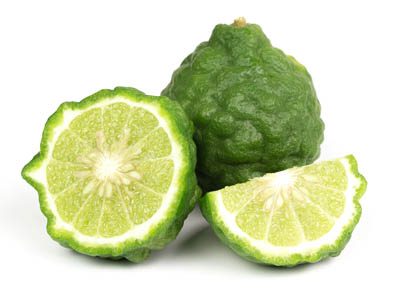 |
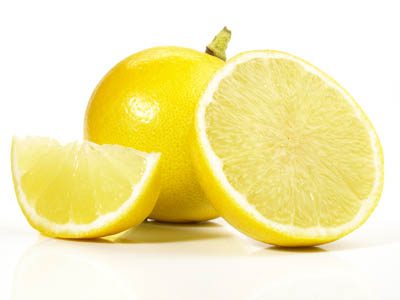 |
|
| Scientific name | Makrut Lime (Citrus hystrix) | Bergamot (Citrus bergamia) |
| Origin | Southeast Asia | Italy |
| Plant appearance | Small, thorny tree with dark green, double-lobed leaves |
Small tree with dark green, oval-shaped leaves |
| Fruit | Small, round or slightly oblong, with a bumpy, green rind | Spherical or slightly pear-shaped, with a smooth yellow rind |
| Fruit use | Sauces and marinades | Not commonly used in cooking, dried rinds are used in Earl Grey tea |
| Leaves | Hourglass (compound) leaves | Ovate shaped leaves |
| Leaf use | Widely used in Southeast Asian cuisine | |
| Aroma | Strong, lemony, and highly aromatic | Floral, fruity, and slightly spicy |
| Essential oil use | Limited use in perfumery and aromatherapy | Widely used in perfumery and flavouring Earl Grey tea |
| Key aromatic compounds | Citronellal, limonene, β-citronellol, and nerol | Linalool, limonene, and linalyl acetate |
Where can I buy makrut lime?
Makrut can be hard to find in supermarkets, however, specialist fruit and vegetable shops sometimes stock makrut lime leaves. Look for fresh, glossy leaves with no blemishes.
The easiest way to use makrut leaves in cooking is to grow your own. Makrut can grow outside in subtropical and tropical areas, however, in cold climates, it will need to grow in a greenhouse or indoors during the cooler months.
Grafted makrut lime trees are available from specialist nurseries such as Daleys Fruit.
References:
[1] Chemical Content Profile of Essential Oil from Kaffir Lime (Citrus hystrix DC.) in Tanah Datar Regency and Antibacterial Activity – Elidahanum Husni, Utari Septiana Putri, and Dachriyanus
Julia is a writer and landscape consultant from Wollongong with a love of horticulture. She had been an avid gardener for over 30 years, collects rare variegated plants and is a home orchardist. Julia is passionate about learning and sharing her knowledge of plant propagation and plant toxicology. Whether it’s giving advice on landscape projects or sharing tips on growing, Julia enjoys helping people make their gardens flourish.
